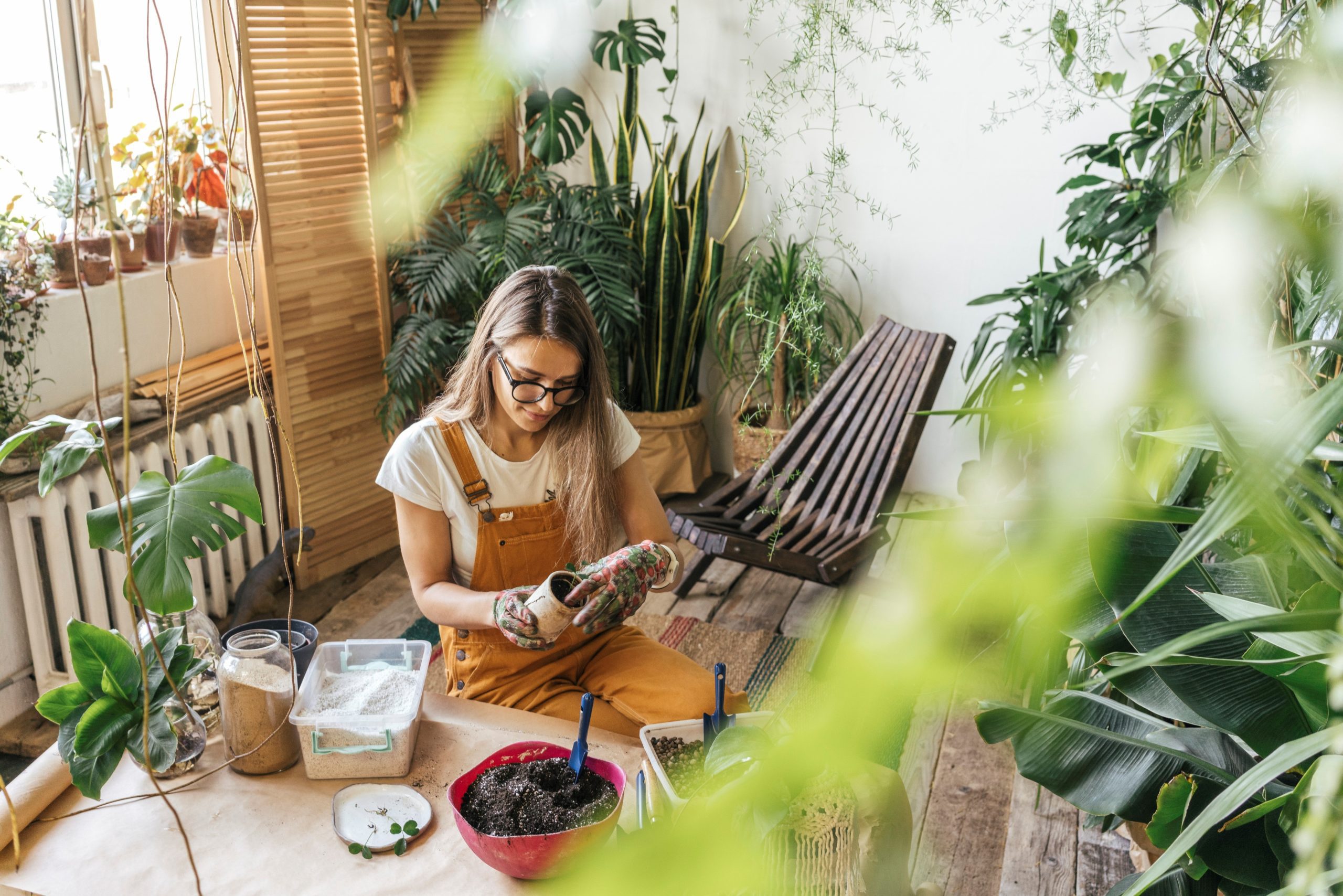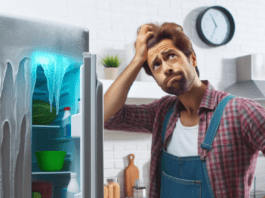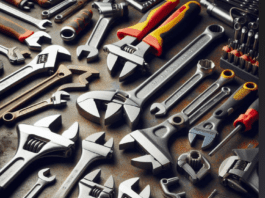
Selecting the Right Plants for Your System
Have you ever wished for fresh, organic produce grown in your own home? With indoor growing systems, now you can! Hydroponic indoor gardening is an increasingly popular way to enjoy fresh, flavorful produce from the comfort of your own home.
This method of food cultivation offers many advantages over traditional gardening and can provide health benefits, too. If you’ve ever been curious about an indoor growing system or wondered what it can bring to your home, this guide will provide a comprehensive overview of the equipment and techniques used to get started.
One of the most important considerations when creating an indoor gardening system is selecting the right plants to grow. Depending on the size and setup of your system, some plants will be better suited than others.
How to choose the right indoor growing system for your needs
When deciding which plants to focus on, consider these factors: plant size, growth rate, sunlight needs, water requirements, and other specific conditions the plant requires for optimal growth. There are plenty of resources available for researching particular plants so you can choose winners for your particular growing system.
If you plan to truly maximize output you might decide to specialize in a selection of high-yield crops like lettuce or microgreens which need less space but still produce large amounts of nutritious food.
If you’d prefer a more diverse array of options then larger plants like tomatoes or peppers might be a great choice as they can be planted in containers and easily moved if needed.
Before settling on any particular set of plants make sure that you have thoroughly researched their water needs and other conditions they require so you know exactly how to care for them in the long term.
Investing time upfront can mean less maintenance further down the line while also ensuring maximum yields from your harvest!
Tools and Supplies
The basics include a growing container, a hydroponic nutrient solution, and an irrigation system. Depending on your particular setup or pre-assembled kit, you may need additional supplies such as air pumps, air stones, water pumps and tubing, light fixtures and adjustable grow lights (for indoor gardens only), pH-tested solutions for nutrient absorption, thermometers, and humidity gauges. Here are some basic points you need to know:
Pay Attention to Nutrients
If you don’t use nutrient-rich soil, your plants won’t have the nourishment they need to thrive when grown hydroponically. You can purchase liquid fertilizer for your hydroponic system, or you can make a DIY solution using a combination of water and organic compost.
Monitor pH
Depending on the type of plant you’re growing, different pH levels will be optimal, so make sure you understand the needs of each plant before introducing it into your hydroponic system. pH levels should generally be kept around 6–7 when growing most types of fruits and vegetables, but some specialty crops may require higher or lower pH levels; these should be adjusted as needed accordingly.
Choose the Right Lighting
When grown indoors, too much light can also harm plants – just as not enough light will cause them to wither away. The amount and hours of light that your plants receive should depend on their type; research the recommended amount when selecting the lights for your indoor garden and opt for LED bulbs if possible – they require far less energy than traditional bulbs while providing beneficial full spectrum coverage tailored specifically for growing crops indoors.
Be Conscious Of Water Quality
Tap water contains salt-based chemicals which can damage your plants – so if possible opt for using filtered or distilled water in order for your crops to really thrive in their hydroponic environment.
Understand Plant Requirements
Each type of plant has individual requirements that you’ll need to understand before introducing them into your indoor garden; from soil type and air temperature – down to its ideal location within the house itself which is essential for receiving adequate sunlight throughout the day! Taking time out to fully research each type of crop will prevent potential disaster down the line once their growth begins taking off!
Advantages of Indoor Growing
Growing your own food indoors offers a number of advantages over traditional soil-based gardening. Indoor growing systems allow you to control the climate, soil makeup, and nutrients that your plants receive, allowing for more efficient and optimal growth of your crops.
Additionally, as there is no need to use chemical fertilizers or other hazardous materials which can potentially leach into the surrounding soil or groundwater, indoor growing systems are much more environmentally friendly than traditional methods.
Furthermore, as indoor grow rooms eliminate the need for traditionally labor-intensive outdoor gardening (such as weeding or heavy tilling), you can save time and energy when maintaining your crops.
Lastly, many indoor grow systems offer very specific levels of control over light, temperature, humidity, and air movement which can often create a more productive environment for growing food than what one can achieve outdoors.
FAQs
1. What plants can I grow indoors?
You can grow a variety of plants indoors, including herbs, vegetables, fruits, and flowers. However, it’s important to choose plants that are suited to the growing conditions in your indoor growing system.
2. How much space do I need for an indoor growing system?
The amount of space you need for an indoor growing system will depend on the type of system you choose and the size of the plants you want to grow. A small hydroponic system can fit on a countertop, while larger systems may require a dedicated space in a room or closet.
3. How much does it cost to set up an indoor growing system?
The cost of setting up an indoor growing system can vary significantly, depending on the type of system you choose and the size of the setup. Small, simple setups can cost a few hundred dollars, while larger, more complex systems can cost several thousand dollars.
4. What is the best indoor growing system for beginners?
For beginners, a soil-based system may be the best choice, as it’s easy to set up and requires less specialized knowledge and skills than hydroponic or aquaponic systems. However, it’s important to choose a system that suits your needs and the types of plants you want to grow.
5. Can I grow trees in an indoor growing system?
While it’s possible to grow trees in an indoor growing system, it’s not recommended, as trees require a lot of space and may outgrow the system quickly. Indoor growing systems are best suited for growing smaller plants, such as herbs and vegetables.
Final Words
Hydroponic indoor gardening is an incredibly rewarding and efficient way to grow plants. With a little bit of preparation, planning, and patience you can successfully bring your hydroponic garden from seed to harvest.
The entire process is exciting, educational, and enjoyable–allowing you to enjoy the fruits of your labor! If you are looking for an eco-friendly way to grow fresh vegetables or herbs in the comfort of your own home, then consider giving hydroponics a try!




